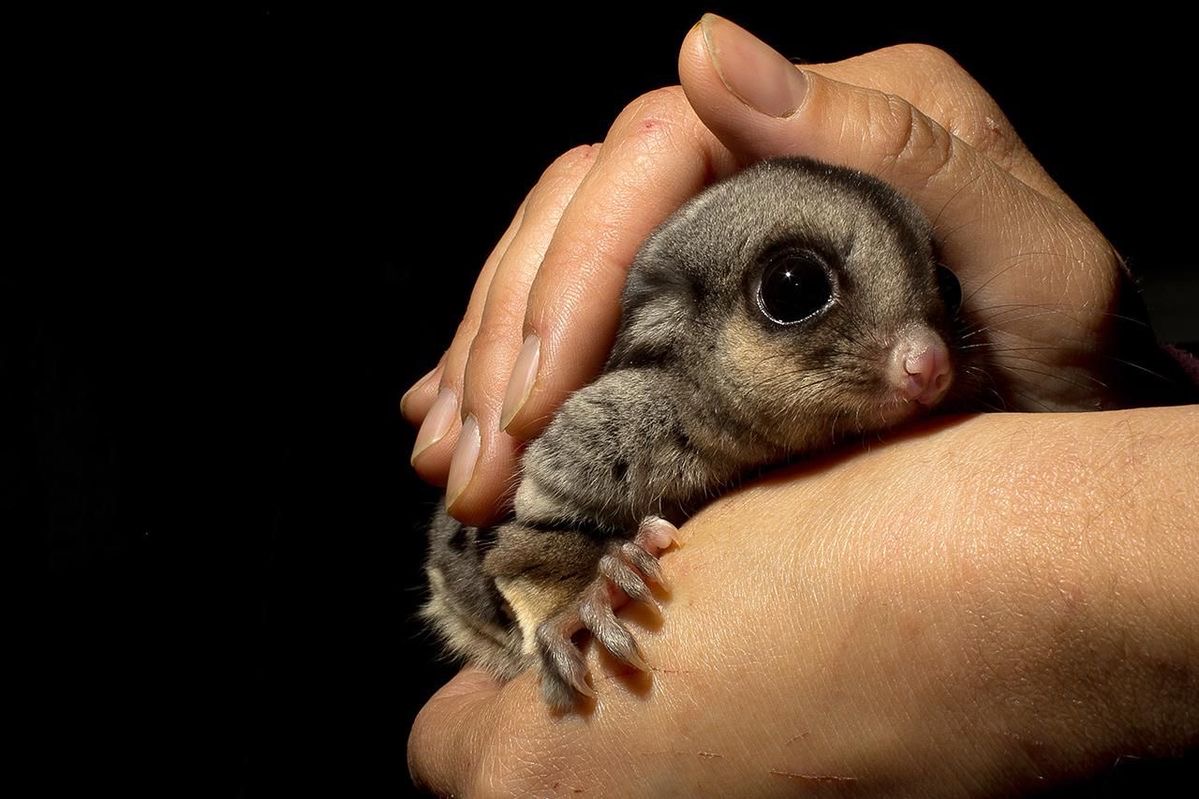How to Handle and Bond With Your Exotic Pet
How to Handle and Bond With Your Exotic Pet
Bringing home an exotic pet is a thrilling and enriching experience—but it’s also one that requires special care, patience, and understanding. These unique animals—from lizards to parrots to sugar gliders—don’t respond like dogs or cats, which means building trust takes time and intentional effort.
If you’re wondering how to handle and bond with your exotic pet safely and lovingly, this guide covers everything you need to know, from the first introduction to long-term connection strategies.
⸻
Understanding Exotic Pets and Their Unique Needs
What Qualifies as an Exotic Pet?
Exotic pets are animals not typically found in domestic settings. Think reptiles, amphibians, tropical birds, and small mammals like chinchillas or ferrets. Each comes with its own habitat needs, feeding requirements, and personality traits.
Common Types and Their Behavior
• Reptiles (e.g., geckos, snakes) – Tend to be quiet, sensitive to temperature, and display subtle body language.
• Birds (e.g., parrots, cockatiels) – Highly social and vocal, often form strong bonds with their owners.
• Rodents (e.g., hedgehogs, sugar gliders) – Nocturnal, skittish at first but often affectionate when handled correctly.
⸻
Preparing for the Arrival of Your Exotic Pet
Creating a Safe Habitat
Ensure the enclosure mimics their natural environment. Use appropriate substrates, heating sources, and hiding spots.
Researching Their Natural Environment
Before your pet arrives, study its species. Learn about its sleep cycles, ideal humidity levels, social structure, and natural diet.
⸻
First Impressions Matter: The Introduction Phase
How to Let Your Pet Acclimate
When your exotic pet first arrives, give them time. Avoid direct handling for the first few days. Let them explore and adjust to their new surroundings.
Avoiding Common Mistakes Early On
• Don’t force interaction.
• Avoid loud noises or fast movements.
• Keep their space clean and quiet.
⸻
Building Trust Through Body Language and Behavior
How Exotic Pets Show Trust
Trust can look different depending on the species:
• A gecko not hiding when you approach.
• A parrot voluntarily climbing onto your hand.
• A ferret curling up in your lap.
Signs Your Pet Feels Threatened
Watch for:
• Hissing or growling
• Biting
• Sudden retreat or frozen posture
⸻
The Right Way to Handle Your Exotic Pet
Techniques Based on Pet Type
• Reptiles: Support the body, avoid grabbing from above.
• Birds: Let them perch on your hand, don’t squeeze.
• Rodents: Use a gentle scoop motion; never grab from behind.
Handling Frequency and Timing
Start with 5–10 minutes daily, increasing gradually. Handle during times they’re most active (usually evenings for nocturnal pets).
⸻
Creating a Bond Through Daily Interaction
Establishing a Routine
Routines help your pet feel safe. Feed them, speak to them, and clean their cage at regular times.
Using Voice and Touch Appropriately
Talk softly and calmly. Offer gentle touches only once they’re comfortable with your presence.
⸻
Understanding and Respecting Boundaries
When to Give Space
If your pet is hiding or not responding, give them a break. Forcing attention can damage trust.
Preventing Overhandling
Too much interaction too soon can overwhelm them. Always observe their stress signals.
⸻
Feeding as a Bonding Tool
Hand Feeding Basics
Start by offering treats from your hand through cage bars. Once comfortable, try offering directly inside the enclosure.
Choosing the Right Treats
Use species-safe favorites like:
• Mealworms for reptiles
• Fresh fruit for birds
• Insects for sugar gliders
⸻
Play and Enrichment Activities
Mental Stimulation for Exotic Pets
• Puzzle feeders
• Foraging challenges
• Sensory toys like bells or mirrors
DIY Toys and Tools
Create homemade enrichment tools using:
• Cardboard tubes
• Wooden blocks
• Shredded paper

